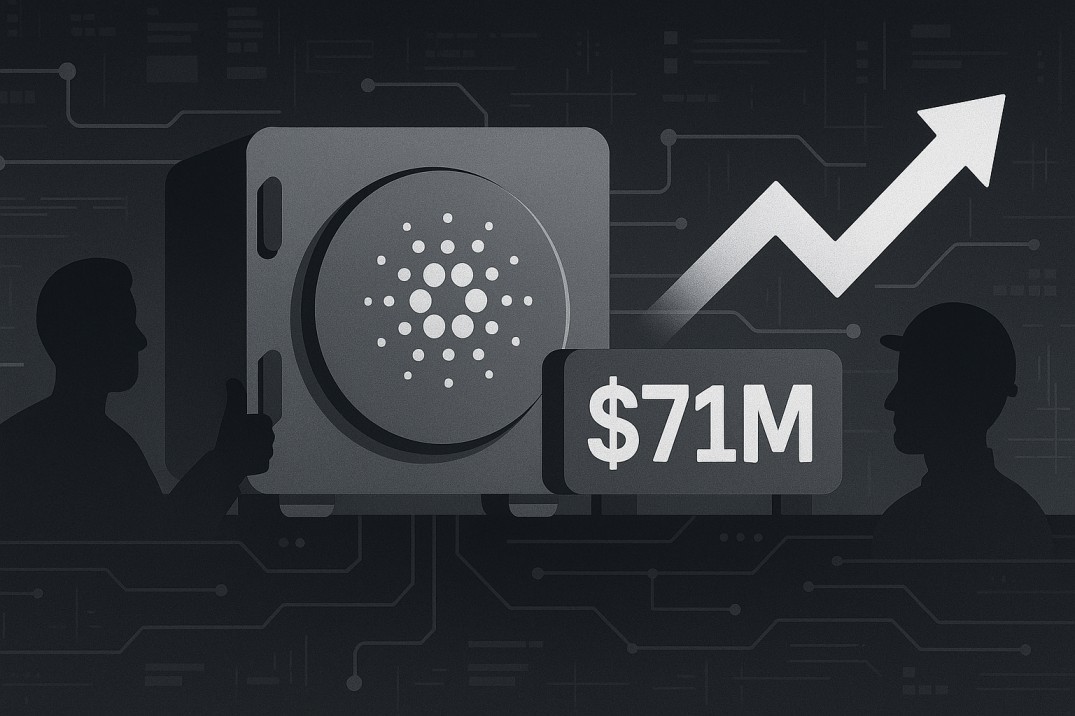TL;DR
- Cardano stakeholders approved 96M ADA (≈ $71M) from the treasury for year-long development by IOG.
- This is the first time core protocol funding has been approved directly by the Cardano community.
- The proposal passed with 74% support-200 votes in favor, six against, seven abstaining.
- Some community members raised questions about cost and accountability.
- Average transaction fee on Cardano stands at 0.34 ADA with block times of ~20 seconds. Milestones include reducing RAM use and improving performance.
For the first time, the Cardano community has directly approved funding for core protocol development. That funding is being allocated from the treasury rather than handed off to external entities or trusted intermediaries.
Input Output Global (IOG) proposed receiving 96 million ADA-about 13% of the treasury-for a suite of network upgrades to be delivered over the next 12 months. The vote passed with 74% in favor.

IOG framed it as more than a funding vote-it is a "shared commitment" to Cardano's future and a defining moment in decentralized governance.
What's in the Upgrade Plan?
- Hydra - dynamic layer‑2 protocol designed to boost throughput, cut latency, and slash transaction costs.
- Project Acropolis - modular redesign of the Cardano node to onboard developers faster and support future smart contract complexity.
- Performance optimizations - reduce RAM usage, lower stake pool operating costs, and streamline chain processing.
- Interoperability - lay groundwork for seamless interaction with other blockchains and expand Cardano's global usability.
According to Messari, Cardano's current fee averages 0.34 ADA and block time is roughly 20 seconds. Reducing operational load on validators is a key target.
Oversight, Transparency & Community Concerns

To ensure accountability, the funding will be released in milestone-based tranches, overseen by Intersect, a member-driven DAO-like body. Smart contracts will enforce delivery-based funding, and IOG has pledged to publish monthly public progress updates, engineering timesheets, and quarterly budget breakdowns.
Still, some argued the proposal lacked granularity or should have been broken into smaller ballots. Questions were raised over whether core upgrades should require incremental votes on each sub-project.
Community Sentiment
The Cardano community has had plenty to say about this milestone and it’s not all cheerleading. Some see the shift to decentralized on-chain governance as a long-awaited win. One user on X put it like this:
Others are watching the transition with cautious optimism. Some users have raised concerns about low participation in previous votes and questioned whether most ADA holders will engage with governance beyond staking. Many long-term supporters see this as a defining moment for what blockchain governance could look like if done right.
Final Thought
This vote marks a watershed moment in Cardano’s Voltaire era ~ community-controlled funding for core upgrades. The roadmap is practical: performance, scalability, cost‑efficiency, and growth. The plan is ambitious but grounded in oversight. If milestones are met, Hydra and Acropolis could reshape Cardano’s utility and extend its competitive edge. Yet the community eyes execution closely: transparency and accountability will test the model.
Holding $0.80 and building network demand may set ADA on a new trajectory. But just as important, Cardano just proved its governance system can fuel real progress. That’s a development many have long awaited.











